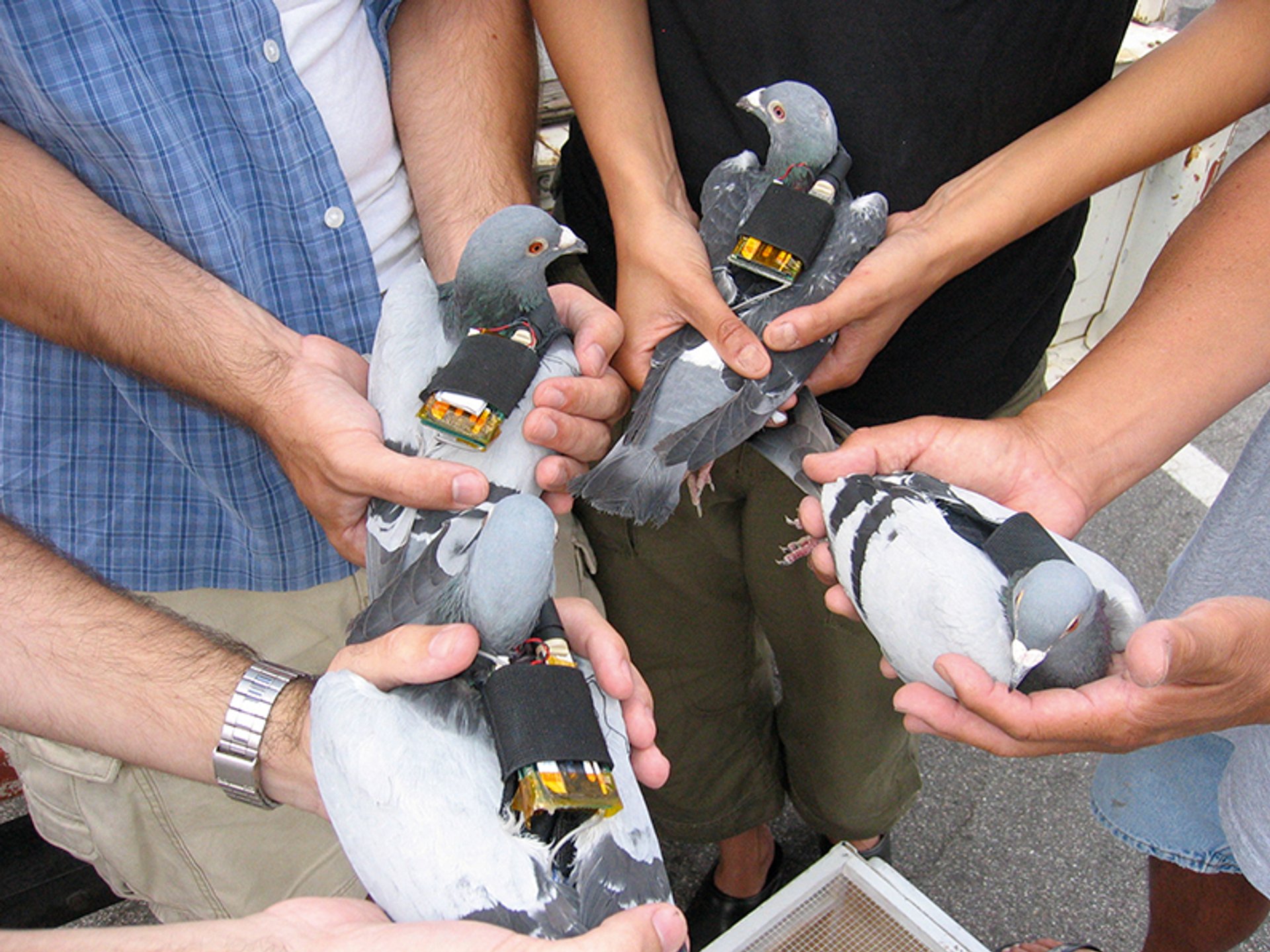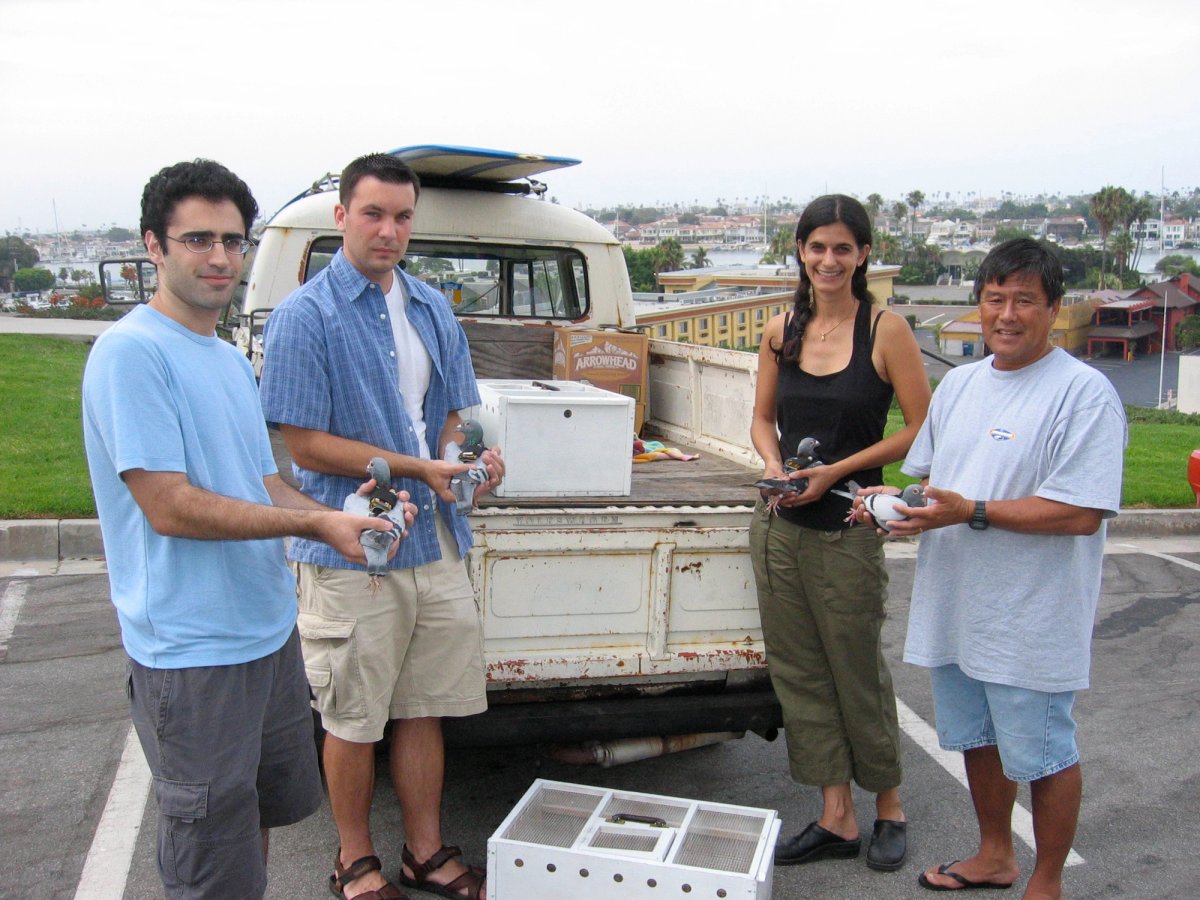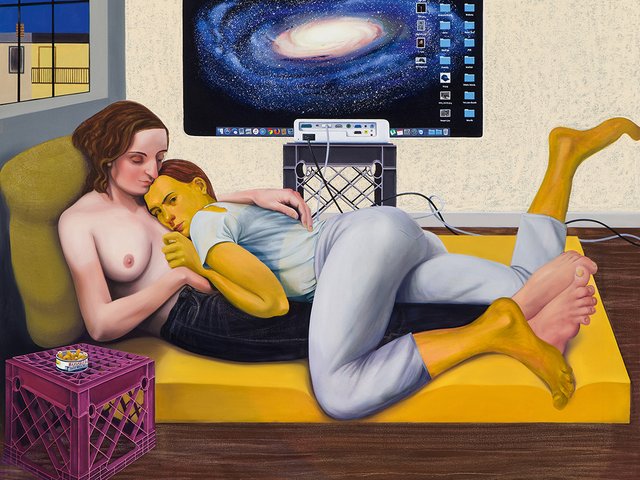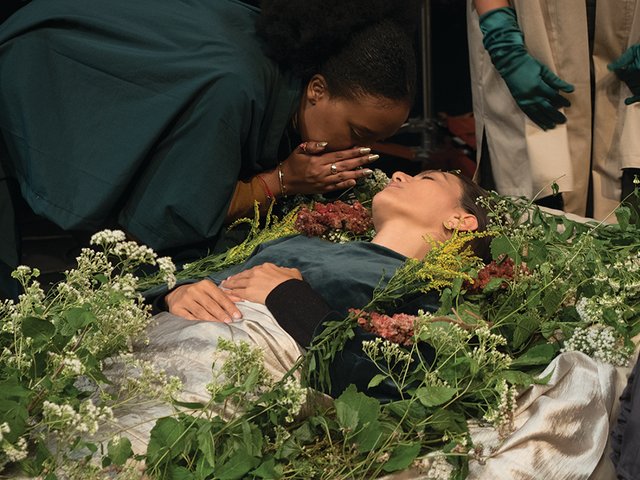Almost 20 years ago, the Berlin-born, California-based artist Beatriz da Costa made one of the most original environmentalist artworks of our time with the help of homing pigeons. She equipped the birds with ultra-light nylon backpacks containing carbon dioxide and nitrogen oxide monitors, GPS trackers and the rudiments of a mobile phone so they could feed a website real-time data on air pollutants while flying home.
She called the project PigeonBlog—the title came to her first—and it was the most prominent project of her career, which was cut short when she died of cancer in 2012, at age 38. It was also classic Da Costa, reflecting her commitment to team-based work (including “interspecies collaboration” as she called it) and a DIY, citizen-scientist approach designed to remove specialised knowledge from the realms of academia and private corporations.
A new flock
Now, Da Costa’s pigeons are set to fly again, with two “performances” this autumn. Thanks to advances in cellular technology, the backpacks are even lighter, says the artist Leslie García, who is recreating the work. On 19 October, a small flock of pigeons will take off from Crenshaw Dairy Mart, a non-profit near LAX airport. On 16 November, another will leave from Los Angeles Municipal Art Gallery at Barnsdall Park, where Da Costa’s first major survey is taking place, organised by Los Angeles Contemporary Exhibitions (Lace) and funded by Getty as part of the $20m PST Art initiative.

Fit for flight: Beatriz da Costa and her team hold pigeons during PigeonBlog’s initial outing in the 2000s Courtesy of the Beatriz da Costa Estate
For a small show on an artist known by few museum curators, let alone museum-goers, Beatriz da Costa: (un)disciplinary tactics (until 5 January 2025) surpasses expectations. The catalogue also punches above its weight, with enlightening—and sometimes heart-breaking—contributions by several of her collaborators. It has an essay by Robert Nideffer (her former partner and the executor of her estate) and email exchanges with the feminist scholar Donna Haraway (her academic mentor and friend).
“Beatriz was a very loved person and not having her voice made it a challenge to present her work,” says the show’s curator, Daniela Lieja Quintanar. “My instinct was to really talk to people around her as much as I could.”
Born in Berlin to parents of German and Indian (Goan) descent, Da Costa began working with mechatronics as part of her art programme at the École d’Art d’Aix-en-Provence in France in the late 1990s. In 1999, she took advantage of a graduate exchange programme at the school to attend Carnegie Mellon in Pittsburgh. There she met Steve Kurtz of the Critical Art Ensemble and worked with them to create the live installation GenTerra. A fake corporation, GenTerra offered genetically engineered bacteria for home use if you were brave enough to partake—this was before Kurtz was wrongly investigated by the FBI on suspicion of bioterrorism.
Embracing tech, for good and bad
By the time Da Costa began PigeonBlog, she held a joint appointment at the University of California at Irvine as a professor in the school of the arts and the engineering school. In 2009, she was diagnosed with stage four metastatic breast cancer, which she attributed to her aggressive treatment for non-Hodgkin lymphoma as a teenager. Soon after, she relocated to New York for treatment.
The Lace exhibition includes her last major work, the uncharacteristically personal video triptych Dying for the Other (2012). One segment shows the artist, now rail-thin and weak, trying to walk along a hospital corridor with an aide’s assistance. Another feed shows plumply pink, healthy-looking mice pinned down to undergo experimentation in the laboratory of one of her doctors, Robert Schneider, at the NYU Cancer Institute. The mice offer a clear metaphor for her own physical experience. “Bob, I’m your mouse,” she once told Schneider, who granted her rare access to his labs for this work.

Beatriz da Costa, Dying for the Other (2011), still from video tryptic Courtesy of the Beatriz da Costa Estate
Another highlight of the show is Swipe (2002), made with Jamie Schulte and Brooke Singer as part of the collective Preemptive Media. A precursor to Lynn Hershman Leeson’s digital-mining masterpiece Shadow Stalker (2018), Swipe passed for a bartending agency that would set up in public spaces like museums. But when visitors swiped their driver’s licences as proof of age to drink, they received unusual receipts. Thanks to the fast-growing internet-based surveillance economy, the artists could scrape—and print on your receipt—facts like your weight, phone numbers, family members and more.
PigeonBlog is also in some ways a surveillance project. Da Costa said the work was inspired by a famous photograph of a homing pigeon with a camera around its neck, an example of early 20th-century surveillance technology. Yet she subverted the technology by using it for environmental reportage instead of espionage, with pigeons being crowd-pleasers to boot.
“So much activism has the opposite effect of change, badgering the topic until we’re used to it,” she said at the time. “But art offers a way of generating attention, a way of disturbing things.”
- Beatriz da Costa: (un)disciplinary tactics, until 5 January 2025, Los Angeles Municipal Art Gallery, Barnsdall Art Park
- The PigeonBlog launch and workshop on 19 October, 2:30pm-4pm, takes place at Crenshaw Dairy Mart, 8629 Crenshaw Boulevard, Inglewood. Another launch event will take place at Los Angeles Municipal Art Gallery on 16 November. Register here.





